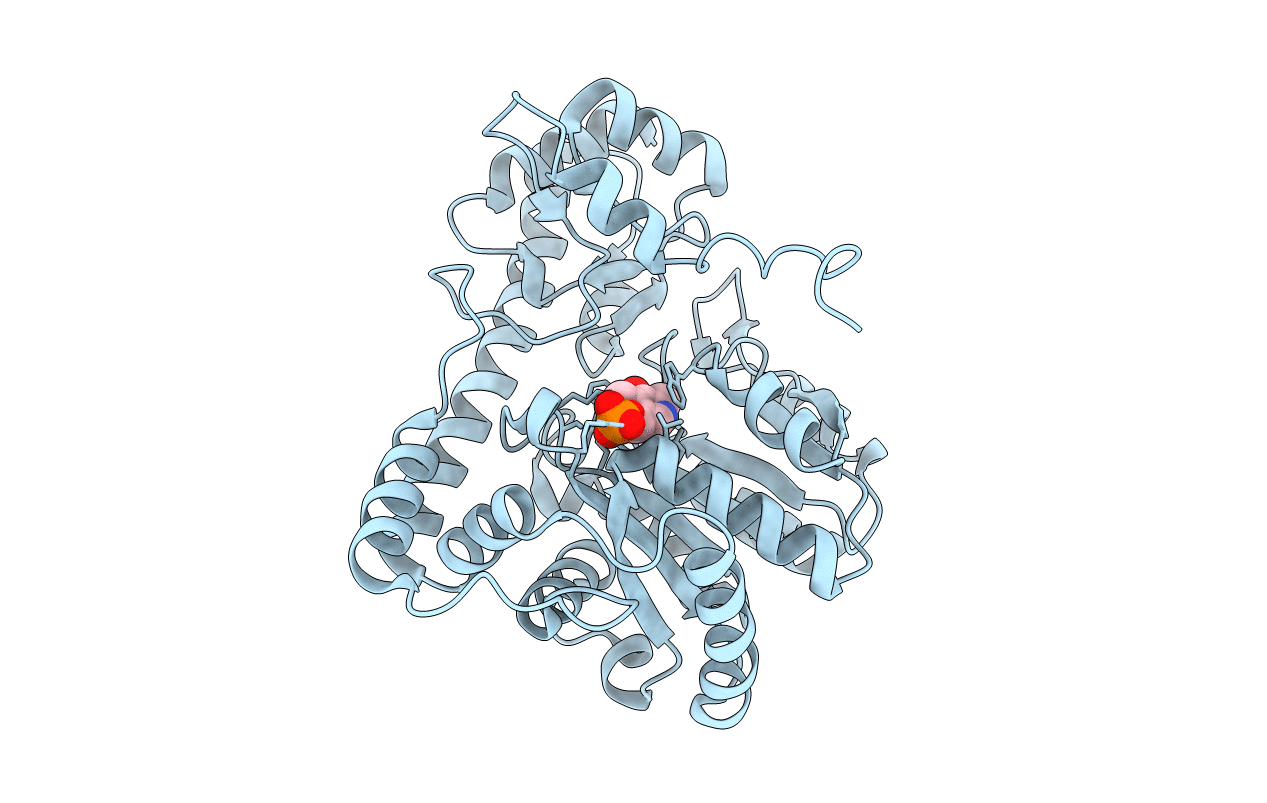
Deposition Date
2000-10-28
Release Date
2000-11-22
Last Version Date
2021-10-27
Method Details:
Experimental Method:
Resolution:
2.00 Å
R-Value Observed:
0.20
Space Group:
C 2 2 21


